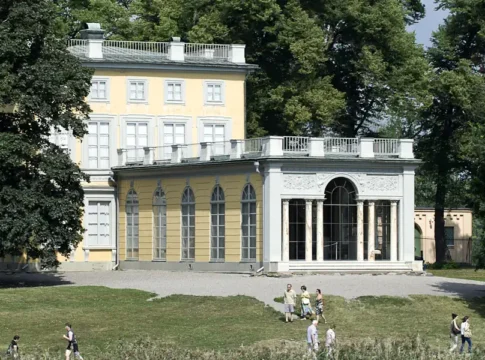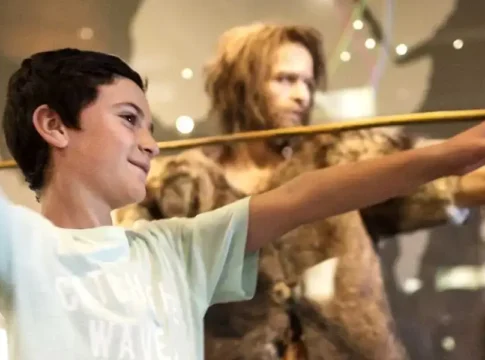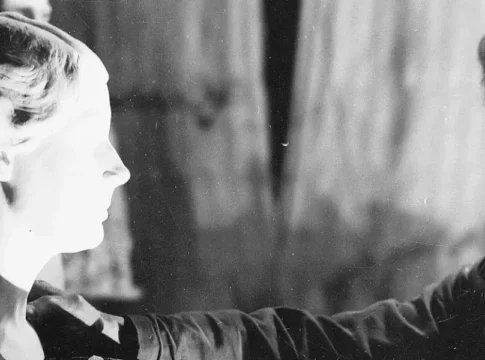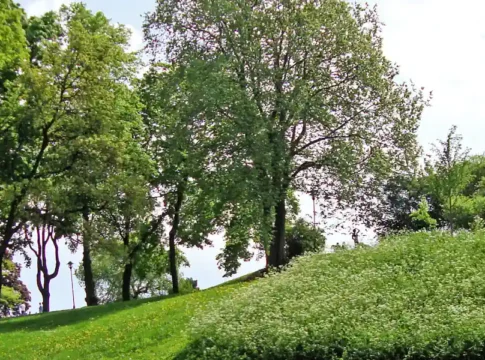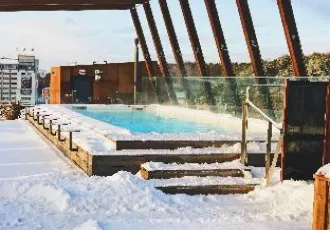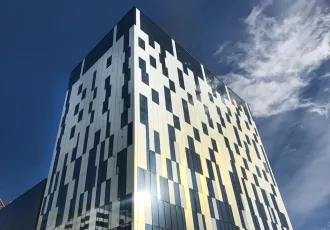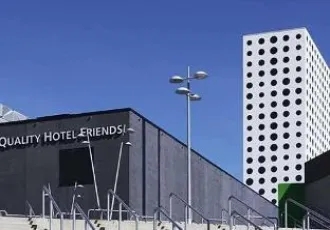Haga Park: Nature, royalty, and cultural heritage
Haga Park, a serene English-style landscape park initiated by King Gustav III in the late 18th century, blends royal history with natural splendor. Explore landmarks like Gustav III’s Pavilion, the Copper Tents, and the Butterfly House while strolling through lush meadows and lakeside paths.
Part of Stockholm’s Royal National City Park, it offers a tranquil escape with architectural gems and vibrant biodiversity, reflecting Sweden’s cultural and ecological heritage.
Bellman and Haga Park: A cultural symbiosis
Gustav III’s contemporary, the well-known troubadour Carl Michael Bellman, contributes to the park’s diverse cultural fabric. Bellman’s writings, poetry, and compositions greatly add to the cultural significance of the park.
One of his most well-known compositions, “Fjäriln vingad syns på Haga” (The winged butterfly appears in Haga), pays special homage to this ancient park.
The Royal National City Park includes Haga
In 1935, authorities designated Hagaparken as a state architectural monument to recognize its architectural and historical significance. It has been an essential component of Sweden’s first national urban park, the Royal National City Park, since 1994.
Attractions and activities
This park has something for everyone—history buffs, nature lovers, or those seeking tranquility. Stroll the beautiful paths, enjoy a lakeside picnic, or simply relax in the peaceful atmosphere. Do not pass up the chance to see the Butterfly House. There, in honor of Bellman’s well-known song, you can get a close-up look at these stunning creatures.
Haga Park’s royal structures
- Haga Palace: Built between 1802 and 1805 as a royal residence, Haga Palace is a prime example of Swedish royal architecture. The Swedish aristocracy favored this location, nestled in the lush gardens and landscapes of the park. Consequently, it now serves as the home of the Crown Prince Couple, giving guests an insight into life in the royal family.
- Gustav III’s Pavilion: For anyone interested in Sweden’s monarchy in the eighteenth century, Gustav III’s Pavilion is a must-see. It was commissioned by King Gustav III and is located in the charming Haga Park. On March 16, 1792, Gustav III left this pavilion for the opera’s fateful masquerade ball. This allows visitors to experience the lavish ambiance of Swedish royalty while also learning about the building’s historical significance.
- Koppartälten (The Copper Tents): Gustav III commissioned architect Louis Jean Desprez to construct the Copper Tents in Haga Park for the mounted royal guard between 1787 and 1790. They provide insight into the historical and architectural richness of the park and serve as a reminder of the lavish events and cultural pursuits of his reign.
- Haga Castle Grounds: The Great Haga Castle Ruin embodies Gustav III’s ambitious plans for a grand castle in Haga Park. The unfinished cellar walls serve as a reminder of its incomplete legacy, halted by the king’s assassination in March 1792. Visitors can explore the ruins, sparking curiosity about what might have been.
Haga Park: Discover more
The park itself features a wealth of intriguing buildings and stunning natural surroundings, even though the royal buildings undoubtedly serve as the main attraction. Additionally, the park’s green spaces provide a calm and picturesque setting, ideal for picnics and leisurely walks.
Many people cherish this park as a haven and destination, so be sure to explore its varied landscapes and hidden treasures.













